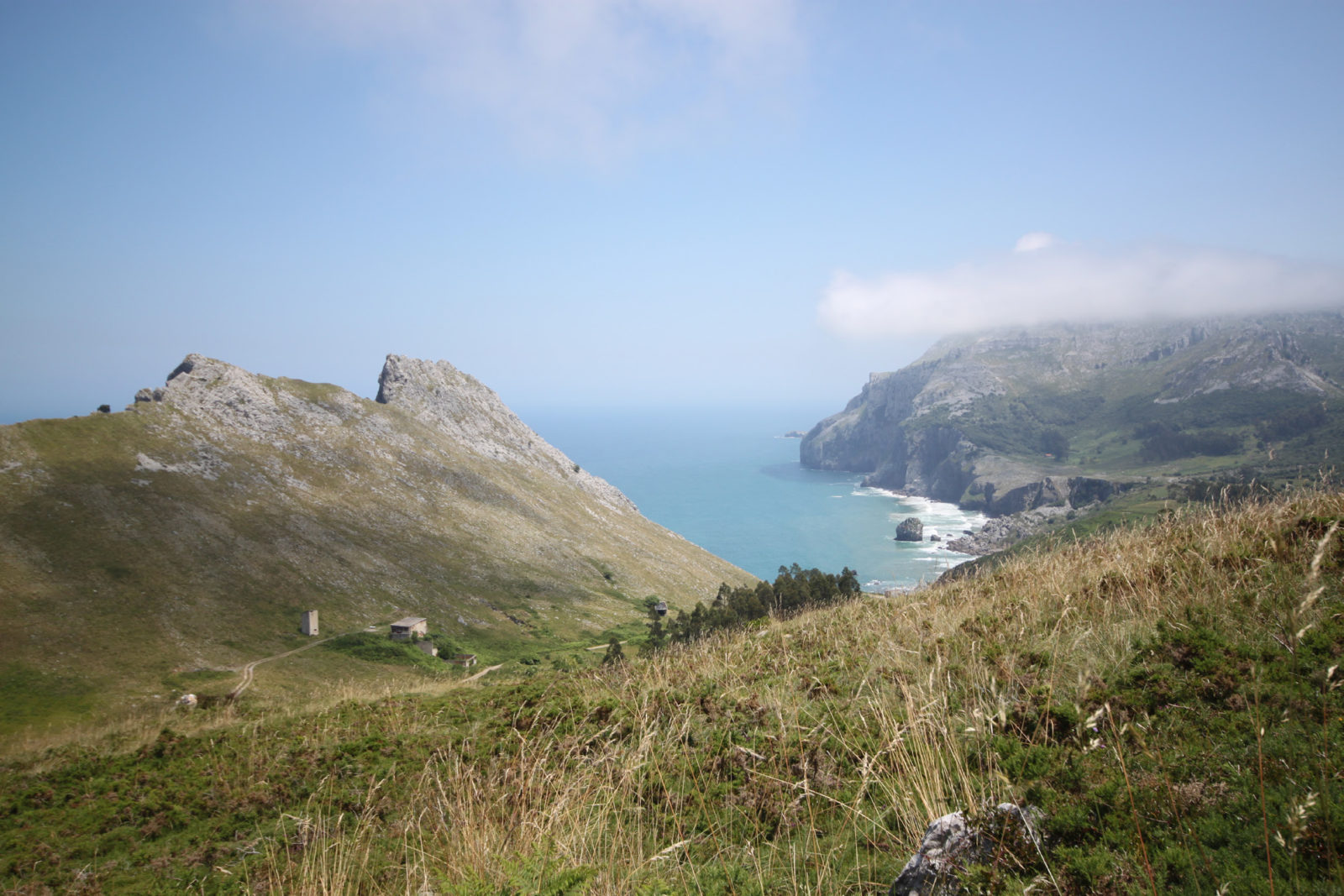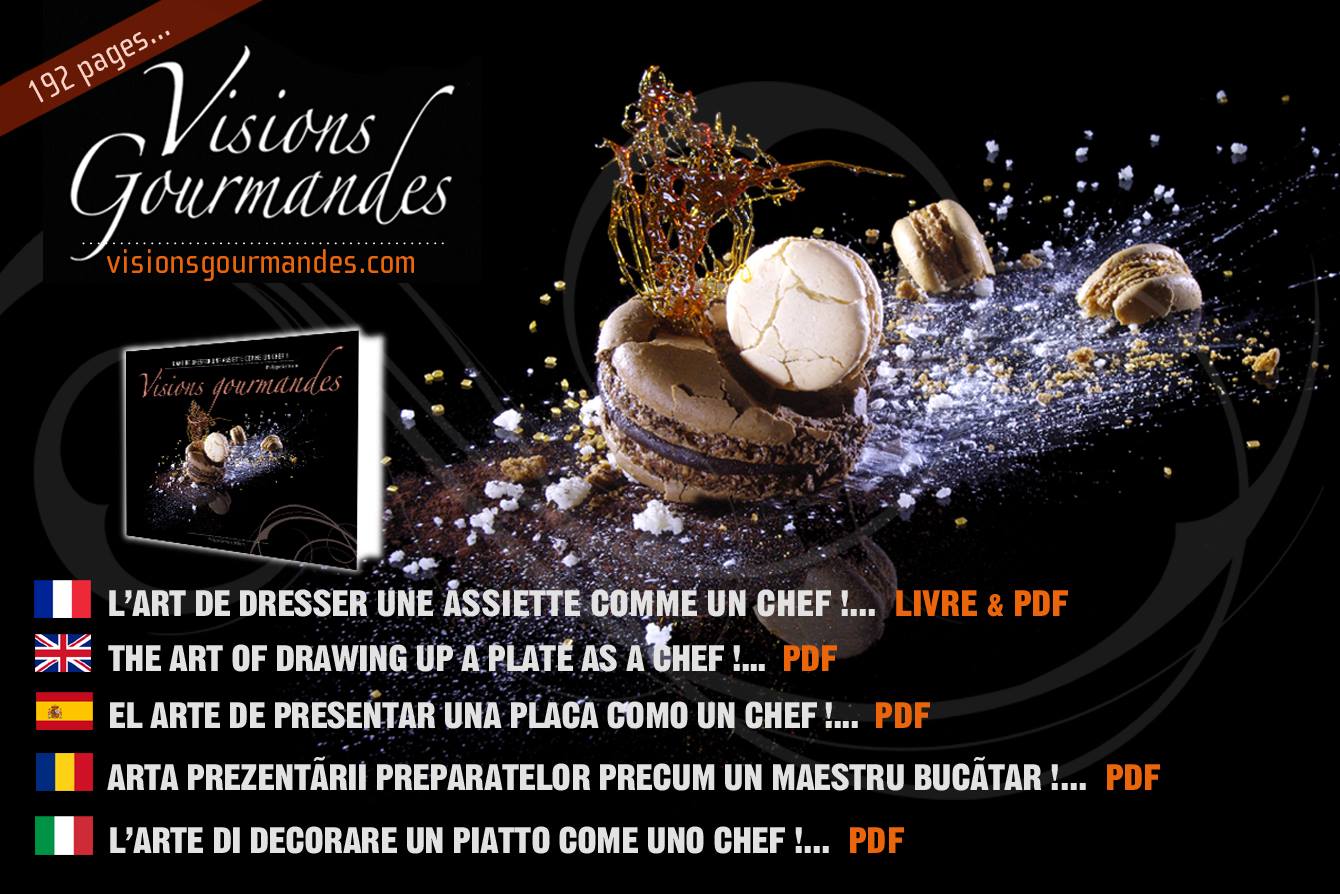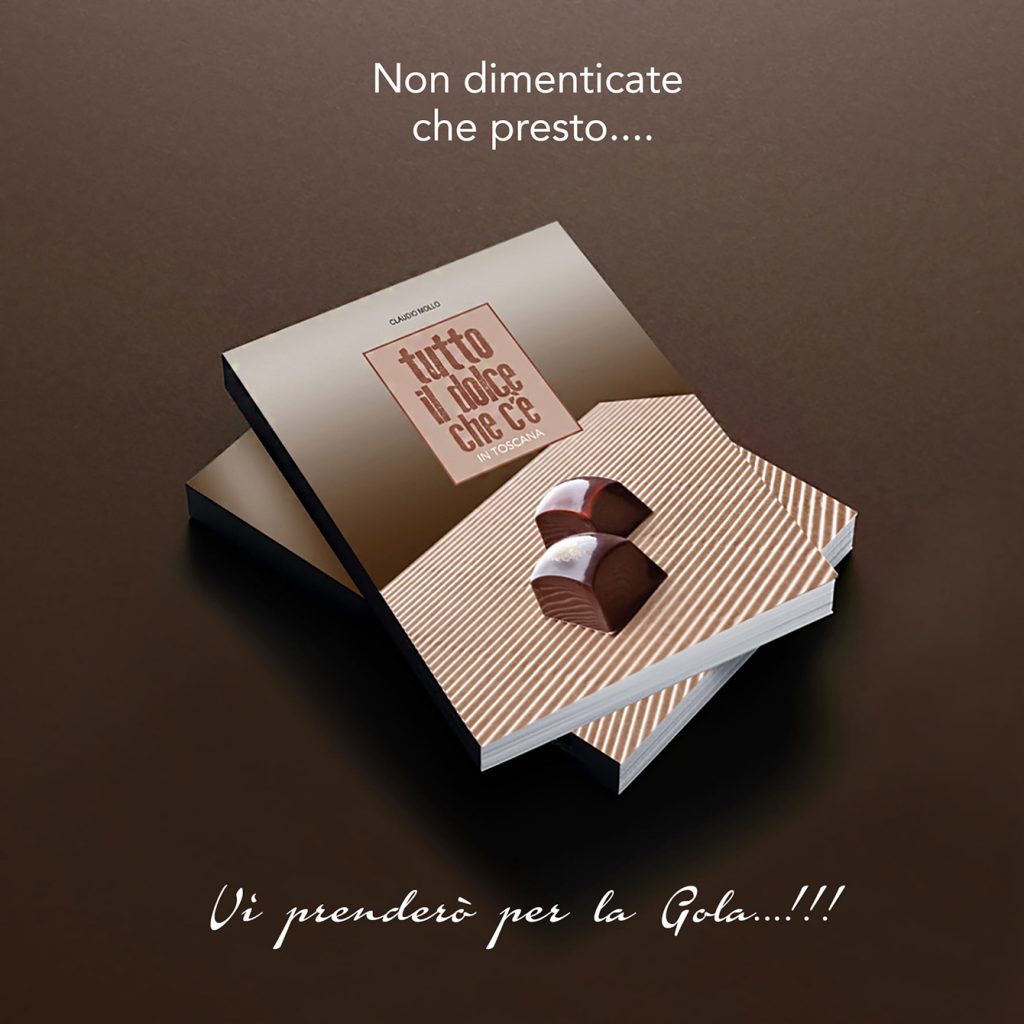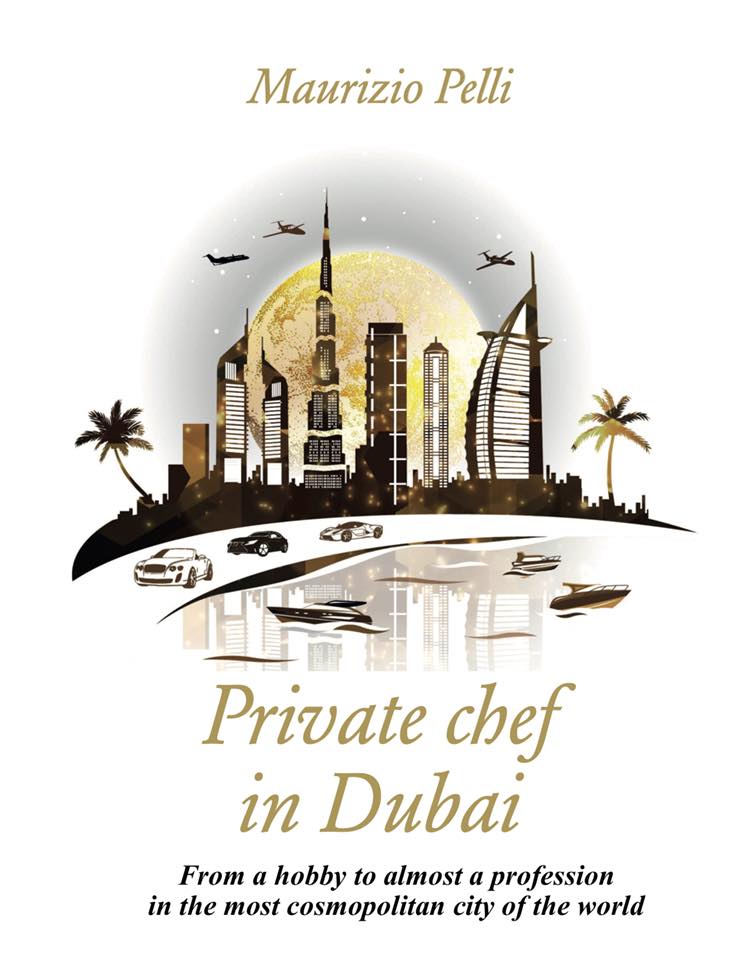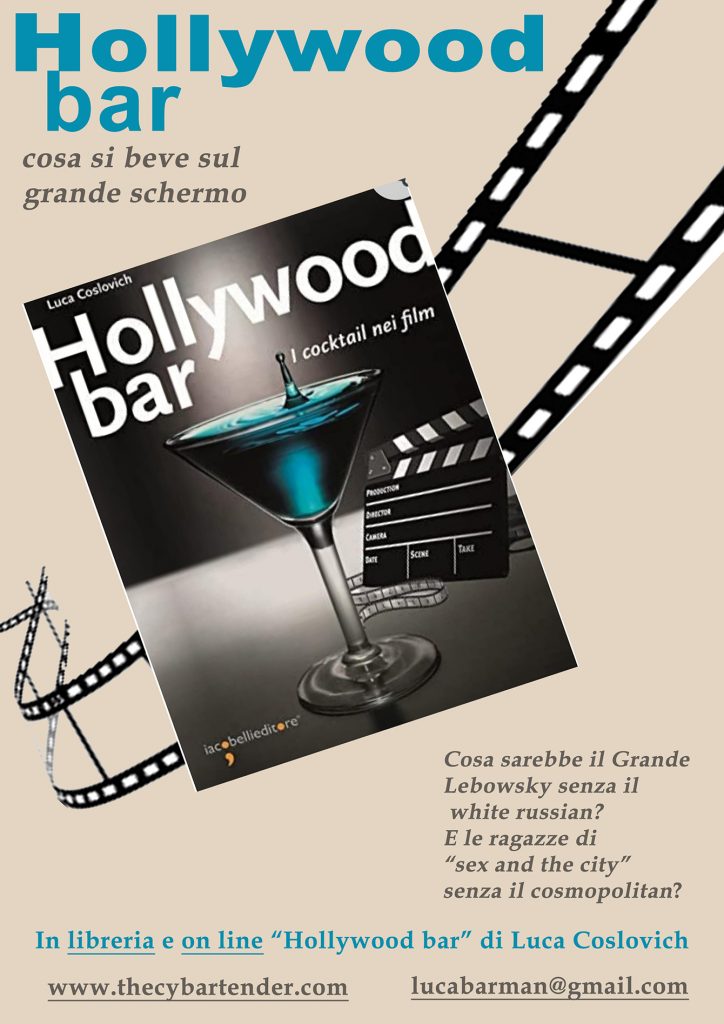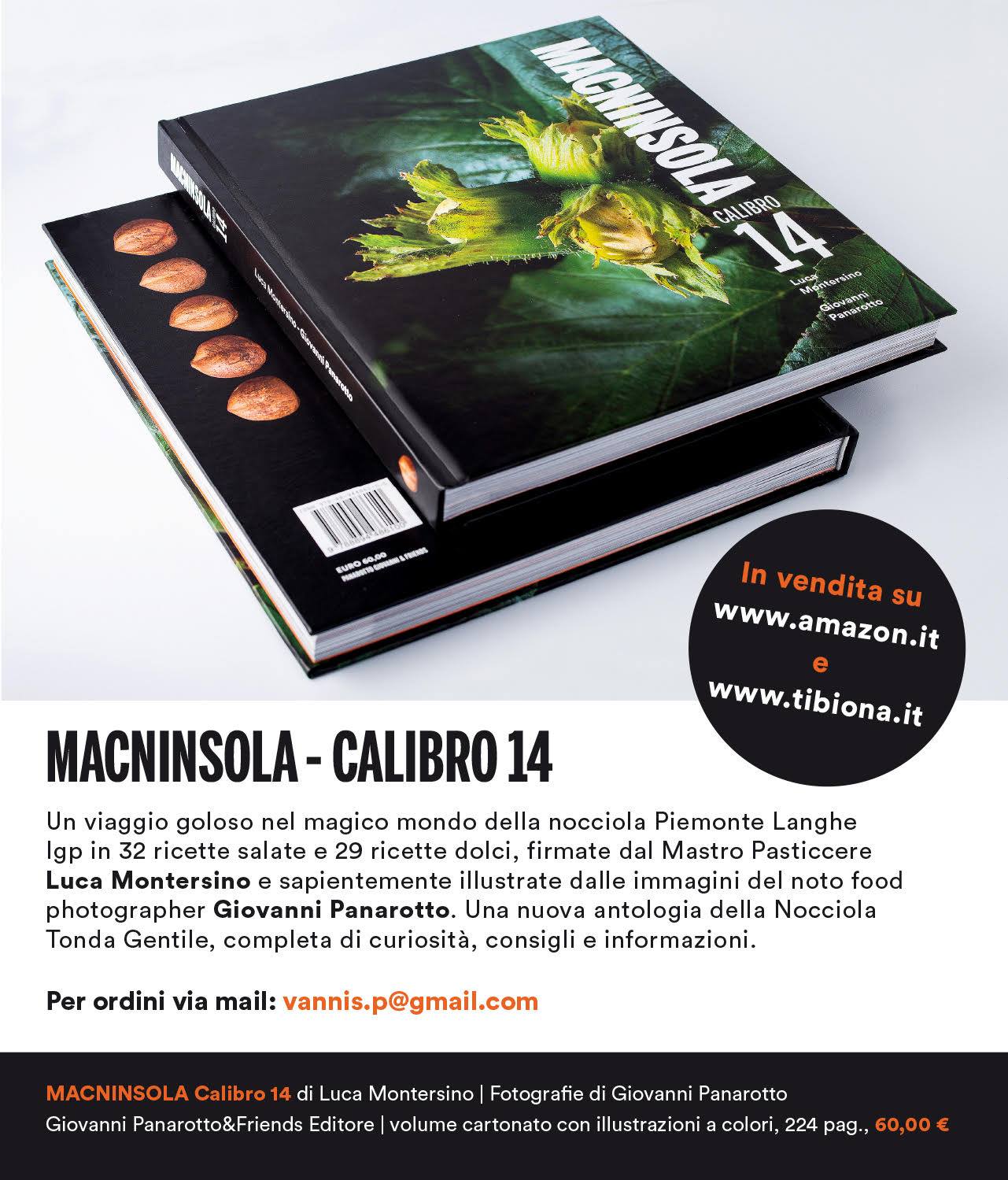Undoubtedly there are many wine-growing areas throughout the Iberian Peninsula of great international recognition, to the North, South, East or West of our country, we find great wines. But today we want to bring you a project that has enchanted us because of its work philosophy, its elaborations, its natural environment and as a detail that makes it so different, we are talking about the vineyard located further to the North of Spain.
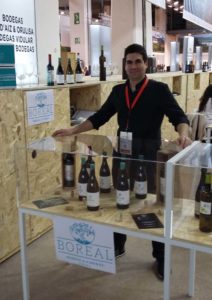 We are talking about the Boreal Bodega y Viñedos project that is located in Cantabria, an area that is not one of the best known however on our wine map.
We are talking about the Boreal Bodega y Viñedos project that is located in Cantabria, an area that is not one of the best known however on our wine map.
A truly spectacular natural environment in which we find this small family winery that produces natural wines, with the practice of sustainable viticulture linked to the sea and the land. A different project from the usual ones that exist in our geography, which, in my view, is more of a style or philosophy of life than a winery.
As special as this Boreal Bodega y Viñedos project is, they make natural wines, unique wines, working with grapes that are not really common in other areas of the country.
A careful work in the vineyard, care in the environment of the vineyard, a maximum respect for the environment, gives rise to the wines that he makes are truly unique.
In this way, we find among their elaborations several monovarietal wines such as the Riesling monovarietal that they make, something really difficult to find in Spain. A Petit Verdot monovarietal that, although there are more areas of the country where it is made, is not very common, And a Rufete monovarietal, a typical grape from the Sierra de Salamanca area.
They also combine two varietals as distant as Riesling and the Galician Albariño to make a spectacular white wine and two reds such as Mencía and Garnacha Tintorera, to make another red. All of them varietals very different from the usual.
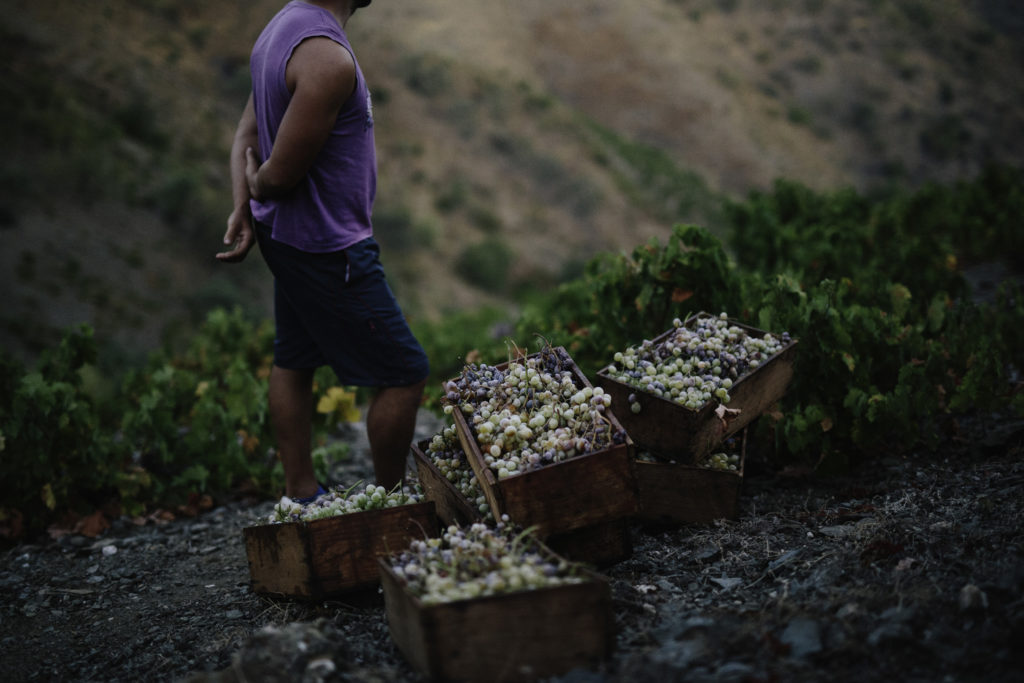
Respect for the environment by flag
As the maxim of the project, we work the vineyards according to their natural cycles, manually, and in a logical and sustainable way. They do not use herbicides or harsh chemicals; they prefer prevention as treatment.
As Hugo Rivero, head of the project, tells us, “we apply good practices that seek to respect the environment without affecting the quality of the crops. We are young farmers who have opted for the agriculture of the s. XXI ”.
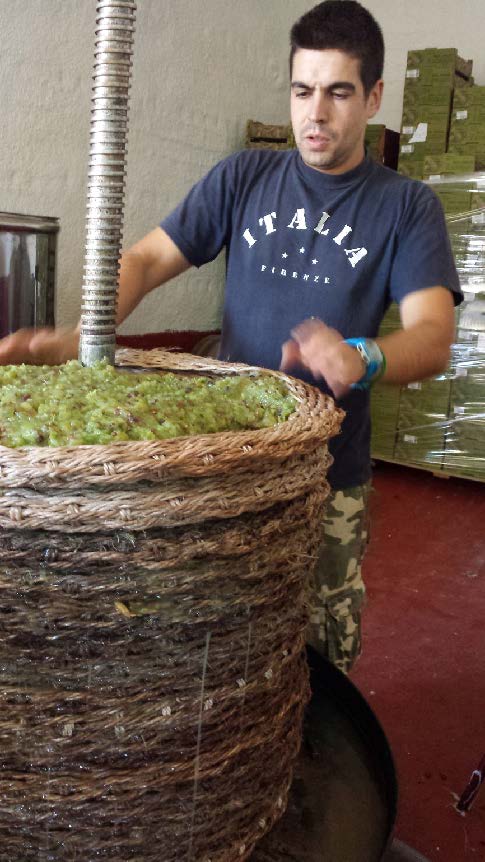
“We make small and meticulous productions, with unique nuances. A minimal intervention and a sustainable viticulture are our main premises, what we try to express in our elaborations ”.
El principio irrenunciable es la sostenibilidad. Una viticultura y elaboraciones lo más naturales posible con una mínima intervención. No usan levaduras comerciales, ni enzimas, ni nutrientes, ni clarificantes sintéticos.
Cantabría, también tierra de vinos
La viticultura había desaparecido en Cantabria en el siglo XIX y en el año 2000 se empezó a recuperar. Era perfecto para este proyecto; una zona nueva, con todo por hacer, variedades, suelos, clima…
En este proyecto el planteamiento era otro de lo habitual por otras zonas de España. Buscaron sentar las bases de lo que van a ser las viñas del futuro. “Somos un proyecto de presente y futuro. Esto acaba de empezar y no tiene límite”.
Muestra de ello es que comenzaron a comercializar sus vinos en 2018, y la respuesta no ha podido ser mejor. Vinos singulares, diferentes, algo que los amantes del vino sin duda valoran cada día más, la personalidad en la copa, huyendo de los tópicos vinos clones de diferentes zonas del país.
“Cierto es que a la gente le sorprende cuando decimos que somo un proyecto de Cantabria, ya que no es habitual que esta zona tenga vinos, pero cuando prueban nuestras elaboraciones comprueban nuestra filosofía y muchos nos dicen que se trasladan en la mente a nuestras tierras cántabras cuando paladean cualquiera de nuestros vinos.”
Nuestra máxima siempre ha sido: “Crear nuestro proyecto familiar elaborando vinos sostenibles en Cantabria”.
Cantabria ofrece el poder realizar su trabajo en unos viñedos de perfecta altitud y latitud (los más al Norte del País), lo que permite estar en una zona de lluvias muy constantes, pero en la cual, a la vez, hay las suficientes horas de sol y temperatura como para que maduren las uvas correctamente.
Agronómicamente hablando, Cantabria se divide en cuatro zonas:
•Costa: al norte
•Valles: en el interior
•Liébana: oeste
•Valderredible: Sur
Este proyecto está trabajando viñas en todas ellas, buscando la singularidad y ventajas de cada zona. En la costa tienen Riesling y algo de Albariño, todo en espaldera y poda guyot.
En el interior trabajan varias viñas viejas donde hay un poco de todo, Mencía, Tempranillo, Verdejo Negro, Caiño, Merenzao, Palomino, Moscatel, Godello, Albarín, principalmente en vaso y una parte en espaldera.
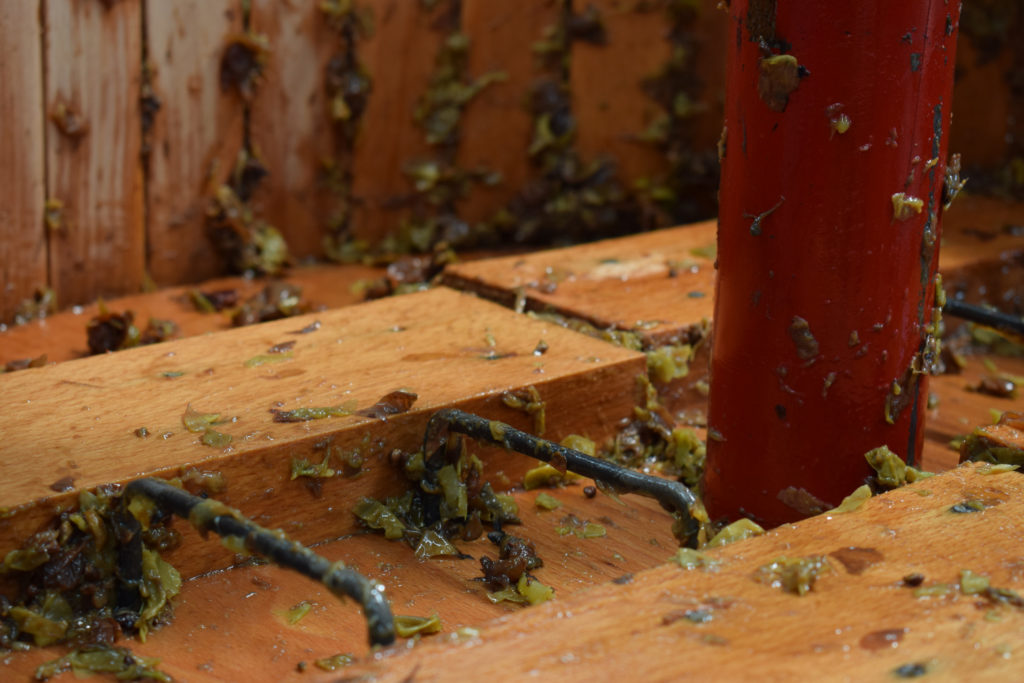
No solo hay vino en este proyecto
Para nuestra sorpresa, nos encontramos con que no solo hay vino en este proyecto. También elaboran hidromiel, una bebida fermentada hecha con miel y agua, es de las más antiguas, anterior al vino y precursora de la cerveza.
Su uso estuvo muy difundido entre los pueblos de la antigüedad. En Europa fue consumida en forma abundante por los griegos, celtas, sajones y los bárbaros del norte. Los griegos le dieron el nombre de melikraton y los latinos la llamaban agua mulsum.
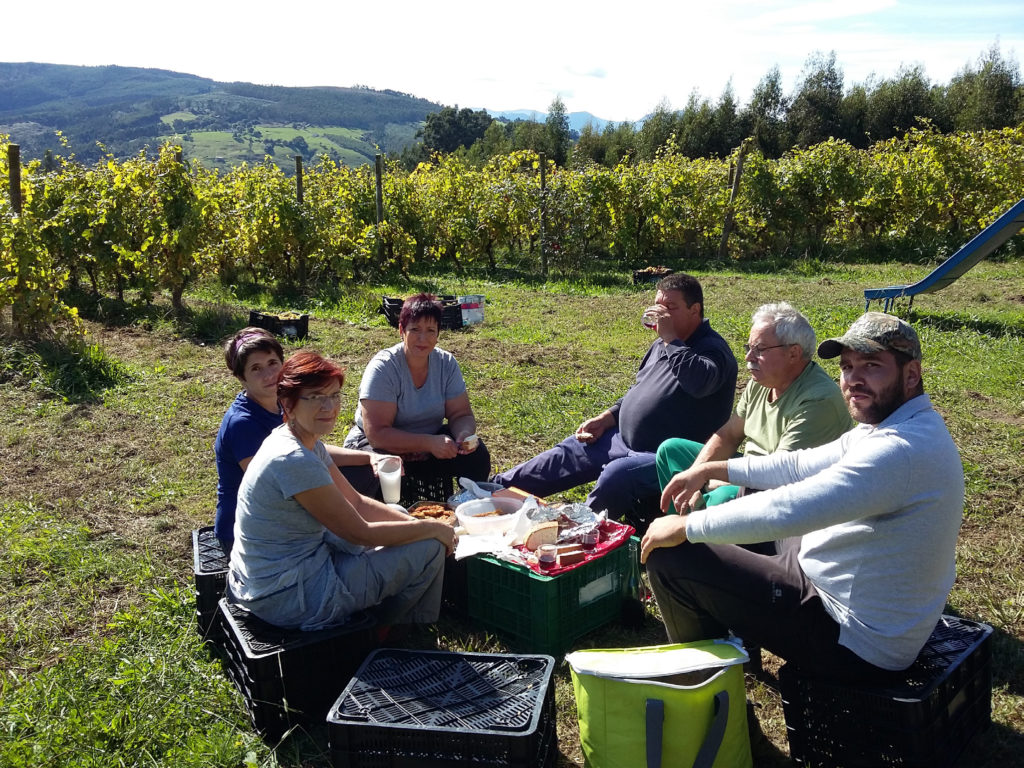
Enoturismo
Y el entorno natural del proyecto, es idílico, no solo para los amantes del vino, sino para los amantes de la naturaleza.
Entre sus actividades nos encontramos con degustaciones que nos permiten comprobar cómo es el mundo del vino en Cantabria, acompañado de manjares típicos de la región, ideal para los que anhelan aventuras gastronómicas.
If you want to enjoy more of Cantabrian gastronomy, they offer a visit to the winery, tasting of 4 wines with a closed menu in one of the concerted restaurants in the area, where the spectacular contact with the viticulture and gastronomy of this wonderful country area.
It is even possible to do a tasting and visit the northernmost vineyard in the country where we can learn about the different varietals of the vineyard and how they are worked, all accompanied by the project winemaker.
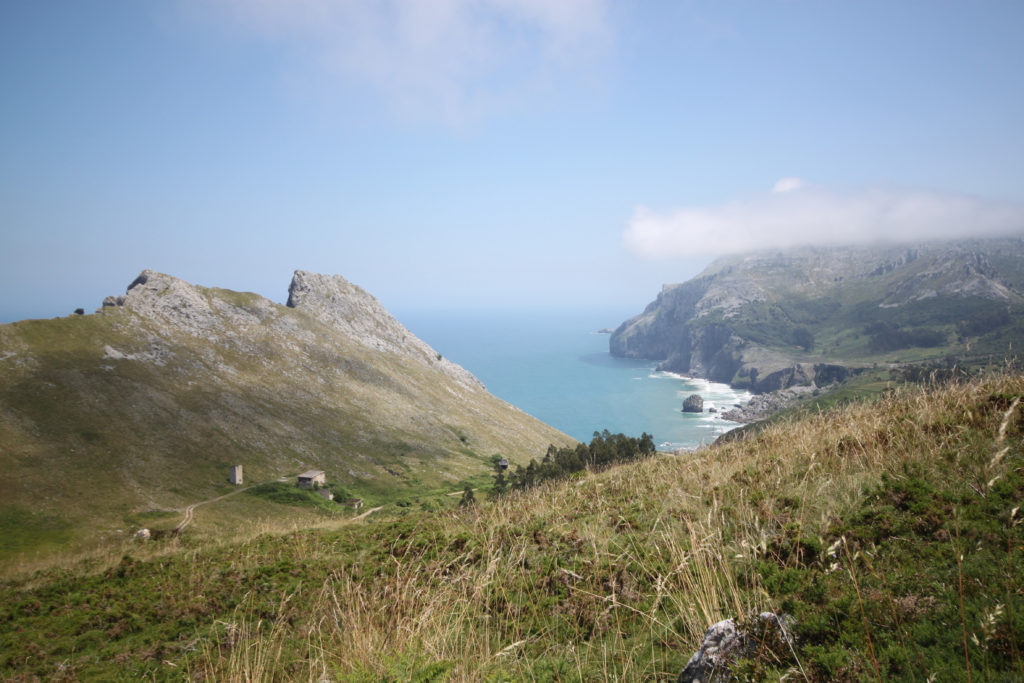
Article by José Luis Del Campo Villares
Photograph of Bodegas Boreal


